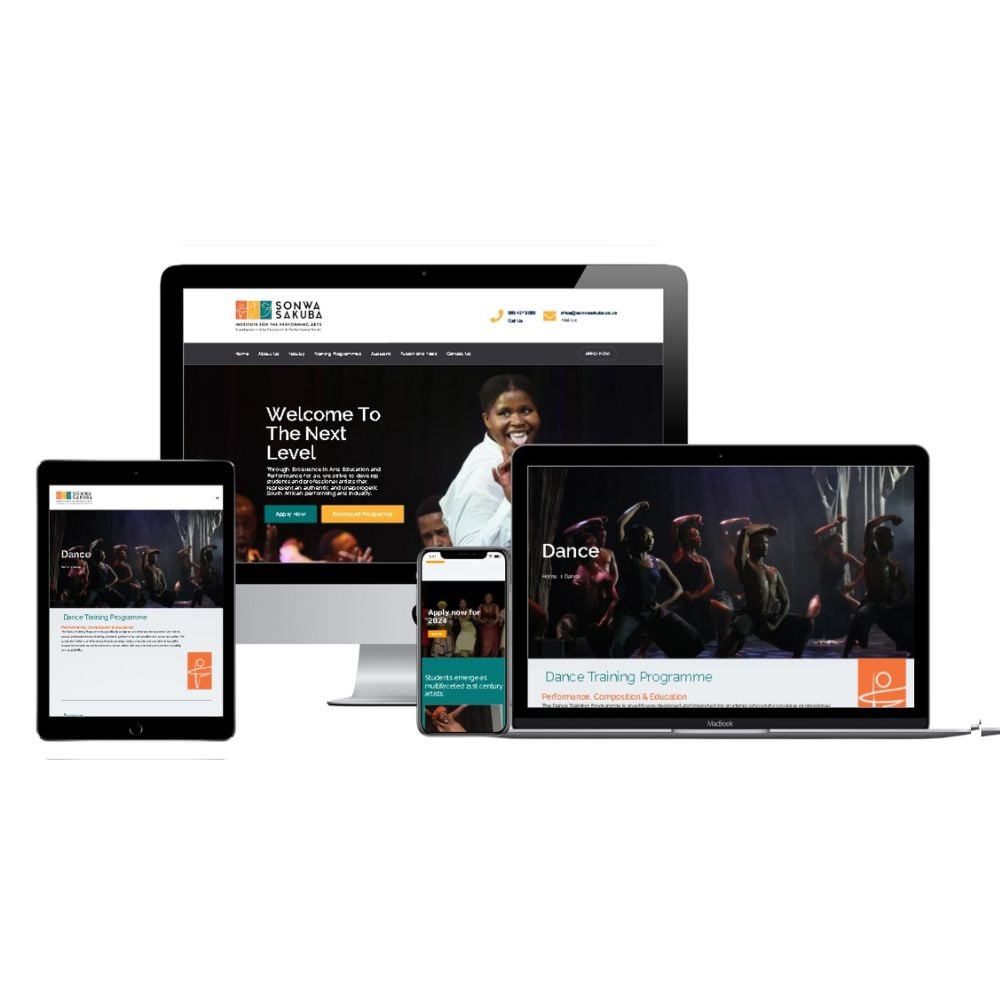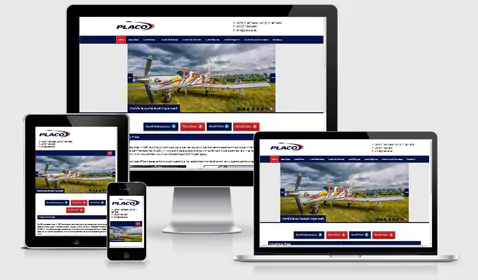Modern Web Site Design That Records Attention and Transforms
In a significantly digital landscape, modern-day internet site design has arised as a critical consider catching individual attention and driving conversions. By purposefully using visual pecking order, receptive layouts, and engaging interactive aspects, designers can create experiences that not only draw in visitors but additionally promote significant communications. Furthermore, reliable call-to-action approaches play an essential function in directing customers toward desired outcomes. As we explore these crucial elements, it comes to be clear that comprehending their interaction can dramatically impact an internet site's performance and individual complete satisfaction. What are the crucial elements that really make a distinction?
Relevance of Visual Power Structure
Visual hierarchy is a vital aspect in website design, as it guides individuals' interest and enhances their overall experience. By purposefully organizing material, designers can direct customers to the most essential information first, therefore boosting interaction and enhancing use. Effective visual power structure uses various strategies, consisting of size, color, spacing, and comparison. Bigger elements naturally attract the eye, while contrasting colors can emphasize crucial messages, making them attract attention amongst more restrained components.
Integrating a logical flow in web content arrangement is vital; for example, putting one of the most vital details on top of a page promotes prompt recognition. Consistent usage of typography, such as varying font dimensions and designs, aids develop a clear content structure. This company not just help in navigating but also develops trust fund, as individuals really feel much more comfortable when they can quickly discover what they are trying to find.
Ultimately, a well-executed visual pecking order not only improves aesthetic charm however additionally considerably impacts individual habits. By prioritizing necessary components and making certain a seamless experience, designers can efficiently convert visitors into clients, strengthening the value of this foundational design concept in modern-day website growth.
Responsive Design for All Devices
Producing a seamless experience across different gadgets is necessary in today's electronic landscape, where individuals accessibility websites from tablets, desktops, and smartphones alike. Receptive layout is a crucial method that ensures websites adjust fluidly to various display resolutions, dimensions, and positionings. By employing adaptable grids, pictures, and CSS media inquiries, designers can develop designs that maintain aesthetic honesty and performance, regardless of the gadget being used.
The significance of responsive style extends past visual appeals; it directly impacts customer interaction and conversion prices. An internet site that works well on all tools encourages longer brows through and minimizes bounce rates, as customers are much more most likely to communicate with material that is easy to browse. Search engines, particularly Google, prioritize mobile-friendly websites in their positions, making responsive design a crucial part of search engine optimization (SEO)
Incorporating responsive style not only boosts user experience however additionally streamlines the development procedure. By developing a solitary site that works throughout tools, businesses can save time and resources compared to establishing different mobile and desktop computer variations. Inevitably, receptive style is a basic technique for modern internet site design, guaranteeing availability and contentment for all users, despite their tool.
Involving Interactive Components
While a receptive layout lays the groundwork for a functional site, integrating appealing interactive aspects is essential for capturing customer focus and promoting much deeper links. Website Design. Interactive elements, such as computer animations, quizzes, and clickable infographics, create a more vibrant customer experience, motivating visitors to spend more time on the site
Incorporating interactive attributes can also lead individuals via complicated details, making it less complicated to digest web content. As an example, interactive sliders can show product variations, while ingrained videos can supply demos or testimonies that resonate more than fixed photos or message. Additionally, gamification techniques, like rewards for finishing tasks or involving with web content, can improve user inspiration and retention.
Reliable usage of interactive components not only enhances the customer experience yet can additionally lead to higher conversion rates. It is essential to balance interactivity with performance; overly complex attributes might prevent website rate, negatively impacting individual fulfillment.
Structured Navigating Practices
Reliable navigation is a cornerstone of any successful website, as it directly influences user experience and content accessibility. Streamlined navigation practices guarantee that individuals can easily find details, enhancing their communication with the website. A well-structured navigating food selection should be intuitive and basic, typically featuring a minimal variety of primary groups to prevent frustrating site visitors.
To accomplish structured navigating, designers ought to focus on an ordered structure that logically arranges material. Executing breadcrumb trails can give individuals with context regarding their current area within the site, enabling seamless backtracking. In addition, using drop-down menus can efficiently conserve room while still supplying access to subcategories.
Receptive find this layout is critical, as navigation should be practical across all tools (Website Design). Mobile individuals, in particular, gain from touch-friendly menus and retractable areas that maintain use without endangering appearances

Efficient Call-to-Action Strategies
A well-crafted call-to-action (CTA) is necessary get redirected here for assisting users towards desired end results on a website, as it urges them to engage with web content or purchase. To optimize their performance, CTAs need to be clear, compelling, and purposefully placed throughout the website.
First, utilize action-oriented language that interacts necessity or value, such as "Start," "Join Currently," or "Claim Your Discount rate." This language not only inspires customers yet also establishes clear assumptions about the next actions.
2nd, think about layout elements; CTAs must stand out aesthetically through contrasting colors, adequate whitespace, and noticeable positioning. A switch that is simple to see and click boosts the likelihood of user interaction.
Additionally, individualizing CTAs based upon user habits or demographics can dramatically improve engagement. Tailored messages resonate much more with individuals, driving greater conversion rates.

Final Thought
To conclude, modern site layout emphasizes the combination of aesthetic power structure, responsive designs, involving interactive elements, streamlined navigation, and efficient call-to-action methods. These elements jointly boost user experience, guaranteeing that visitors remain involved and encouraged to discover web content further. By prioritizing these style concepts, businesses can substantially boost customer retention and conversion prices, ultimately resulting in higher success in the digital landscape. The constant development of website design emphasizes its critical duty in reliable on-line communication and advertising.
In a significantly digital landscape, modern-day web site style has arised as a pivotal element in capturing customer interest and driving conversions.Visual hierarchy is an important element in internet site style, as it guides customers' attention and improves their overall experience.The relevance of receptive design prolongs beyond appearances; it straight impacts customer interaction and conversion rates.Incorporating receptive design not just enhances customer experience however also simplifies the advancement procedure. Eventually, receptive design is a basic technique for modern-day site layout, making sure ease of see it here access and satisfaction for all individuals, no matter of their device.